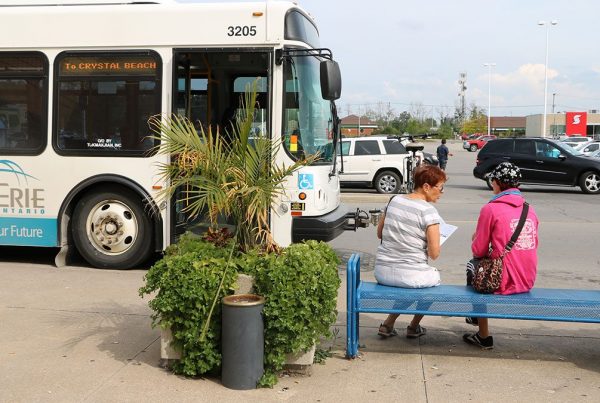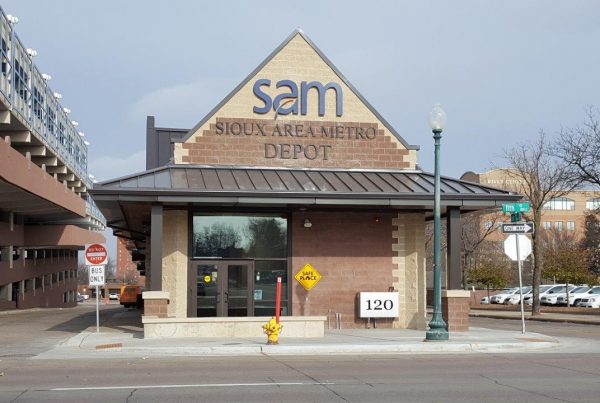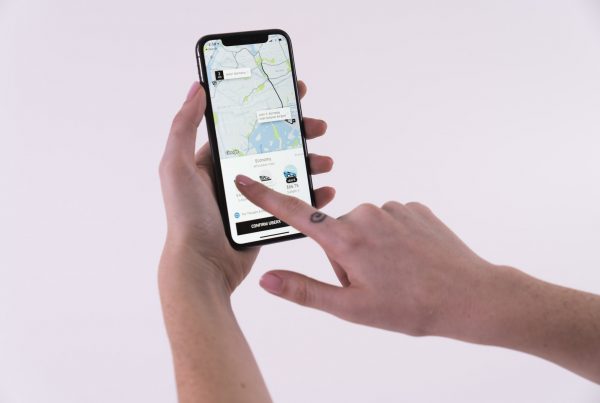A few things have happened in March and April of 2016. Several trends in the medical transport industry are continuing and accelerating. Brokerages are under fire for breaking regulations, new partnerships between technology companies and medical providers are continuing at a steady pace, state regulators are battling the federal government over Medicaid expansion. This is about as interesting as this industry gets, but sometimes you don’t want to be interesting, just ask the taxi business.
In Connecticut, LogistiCare, everyone’s favourite non-emergency medical transportation brokerage firm was in the news again last month, this time after a federal civil rights complaint was made against the company. The complaint was put forward after LogistiCare acted against doctors orders and placed other riders in vehicles carrying children going to their chemotherapy appointments. In the people transportation business this is called multiloading, and while it is laudable to try and multiload as many trips as possible to increase efficiency and reduce costs for all involved, it is also dangerous when done without regard to the health of the people who are being transported. LogistiCare is about to find out just how dangerous it is as the compliant comes at a time when brokerages are facing constant scrutiny from states and new competition.
Another state gets a transportation network company (TNC) entering the NEMT market. This time in Maryland the state medicare organization, MedStar Health has partnered with Uber to provide medical transportation. This represents a growing trend that really only kicked off in 2016. New technology companies are partnering with state agencies to provide NEMT. Most companies rely on large brokerages and health care organizations to provide customers that need transportation, now those large organizations can turn to a TNC, with a well connected fleet and highly controlled drivers to provide medical transport. Maryland is not the only state where this is happening.
In Idaho, Veyo Non Emergency Transportation Company, a relatively new player in the NEMT market signed a deal with the Idaho Department of Health to become a broker for the state’s NEMT service. Veyo will use its independent driver partners and local transport companies to provide trips for the state. An important takeaway here is that Veyo has more in common with Uber and TNCs than with a traditional broker like LogistiCare. And this represents a new trend in NEMT of companies leveraging technology and new business models to gain favourable positions in the market. For anyone operating in NEMT now would be a good time to begin to reconsider your strategy for growth in this market, as more and more of it is eaten up by these new entrants.
Indiana gets an emergency evaluation, after they try to get out of providing medical transport. The expansion of Medicaid into Indiana was predicated on the state’s ability to obtain a waiver from providing medical transport people added to Medicaid by the Affordable Health Care Act. The state hired an independent evaluator, the Lewin Group, to determine the effects of the waiver and they found that only six percent of those who missed their appointments cited the lack of transportation coverage as the cause. The entire report can be found here, it is incredibly detailed but the feds are not taking it or its results too seriously. They are ordering their own evaluation, to be performed by the Centers of Medicare and Medicaid Services. If Indiana can prove that not paying for NEMT is not detrimental to its healthcare system, than other states might also ask to for a waiver. This would slow growth of the NEMT industry in those states.
While it is dangerous to extrapolate trends, things are changing so much month by month, in a few years the whole NEMT industry could look quite different. People will still need transportation and federal/state governments will still pay for a lot of trips, but who is performing that service will change. Not only due to churn (NEMT company churn is huge) but where those operators get trips will change, and how customers expect their service will also change as technology marches forward. The savvy providers will follow these trends closely and use them to grow and survive.
Top Image: Christian Schnettelker – http://www.manoftaste.de/



